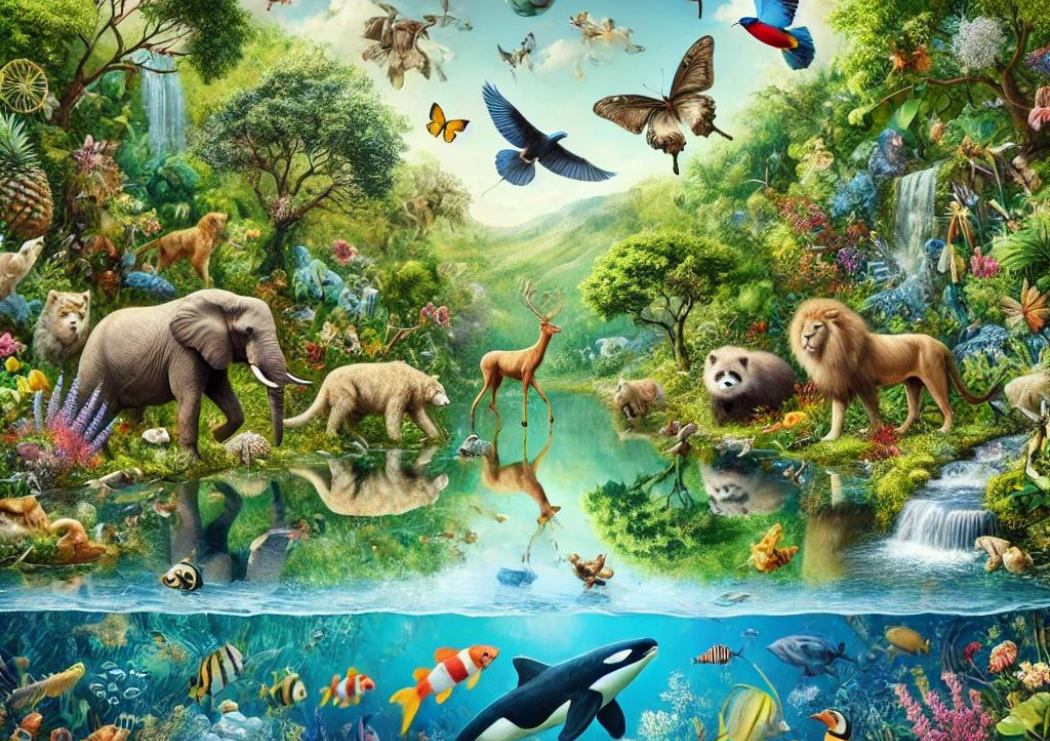Triceratops Survival
Triceratops: The Armored Herbivore

What Was the Triceratops?
The Triceratops was a large, herbivorous dinosaur that lived approximately 68 to 66 million years ago during the late Cretaceous period. Known for its three distinctive facial horns and a large bony frill at the back of its head, the Triceratops was one of the last dinosaur species to exist before the mass extinction event. These dinosaurs could reach lengths of up to 30 feet and weigh between 6 to 12 tons, making them one of the largest land animals of their time.
Their primary diet consisted of low-lying plants like ferns and cycads, and they likely used their powerful jaws to chew through tough vegetation. The Triceratops’ horns were likely used for defense against predators like the Tyrannosaurus rex, as well as for display during mating rituals or to establish dominance within their social groups.
Why Did the Triceratops Disappear?
Like many other dinosaur species, the Triceratops vanished during the Cretaceous-Paleogene (K-Pg) extinction event around 66 million years ago. This extinction event was likely caused by a combination of catastrophic events, including a massive asteroid impact and extensive volcanic activity, which triggered drastic changes in the Earth’s environment.
The Asteroid Impact
The impact of a 6-mile-wide asteroid near present-day Mexico created the Chicxulub crater and unleashed global devastation. The explosion released immense amounts of debris into the atmosphere, blocking sunlight and drastically reducing global temperatures. This led to the collapse of ecosystems and food sources, severely affecting herbivores like the Triceratops that relied on plants for sustenance.
Volcanic Activity
During the same period, massive volcanic eruptions in the region now known as India, called the Deccan Traps, released large quantities of gases like sulfur dioxide and carbon dioxide into the atmosphere. These gases contributed to climate changes, acid rain, and further reduced plant life, putting additional strain on the Triceratops and other plant-eating dinosaurs.
The Legacy of Triceratops
Despite their extinction, Triceratops remains one of the most studied and well-known dinosaurs today, thanks to well-preserved fossil discoveries. Its distinct horns and frill continue to fascinate paleontologists and the general public. Modern-day descendants of dinosaurs, such as birds, carry on the legacy of creatures like the Triceratops.
Resources to Learn More
- Books:
- "Triceratops: The Strongest Herbivore" by David Peters
- "Dinosaur Facts and Myths" by Dougal Dixon
- Documentaries:
- Walking with Dinosaurs (BBC)
- Prehistoric Planet (Apple TV)
- Museums:
- The Field Museum, Chicago, USA (Home to "Triceratops Cliff")
- Natural History Museum, London, UK
- Online Resources:






Leave a comment